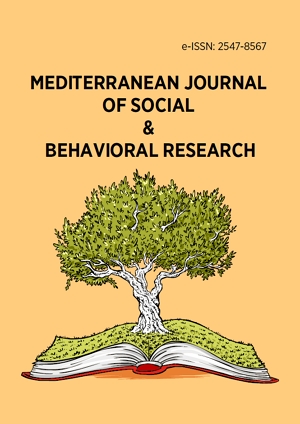Abstract
Mathematics plays a key role because it is one of the important subjects within the foundation that constitute the core curriculum for basic and secondary education. Mathematics must therefore be taught in a way to engage learners to construct their knowledge, which helps them build conceptual understanding using modern teaching strategies. Fractions are the building blocks for a solid conceptual understanding of algebra and other concepts in mathematics, especially at the basic school. Therefore, teachers must use strategies that make lessons more realistic and practical, such as manipulatives. The purpose of the study was to use manipulatives to build students’ conceptual understanding of the operations of fractions. The study design was quasi-experimental, with a pre-/post-test method used for data collection to assess the impact of the intervention design. A sample of 50 junior high school students was selected purposively for the study. The data was analyzed using SPSS v.26. The researchers concluded that using manipulatives in the teaching of fractions improved the students’ performance and helped build their conceptual understanding of the operations of fractions.
License
This is an open access article distributed under the Creative Commons Attribution License which permits unrestricted use, distribution, and reproduction in any medium, provided the original work is properly cited.
Article Type: Research Article
MEDITERR J SOC BEH RES, Volume 7, Issue 3, October 2023, 151-159
https://doi.org/10.30935/mjosbr/13381
Publication date: 01 Oct 2023
Online publication date: 10 Jun 2023
Article Views: 4500
Article Downloads: 7562
Open Access References How to cite this article
 Full Text (PDF)
Full Text (PDF)